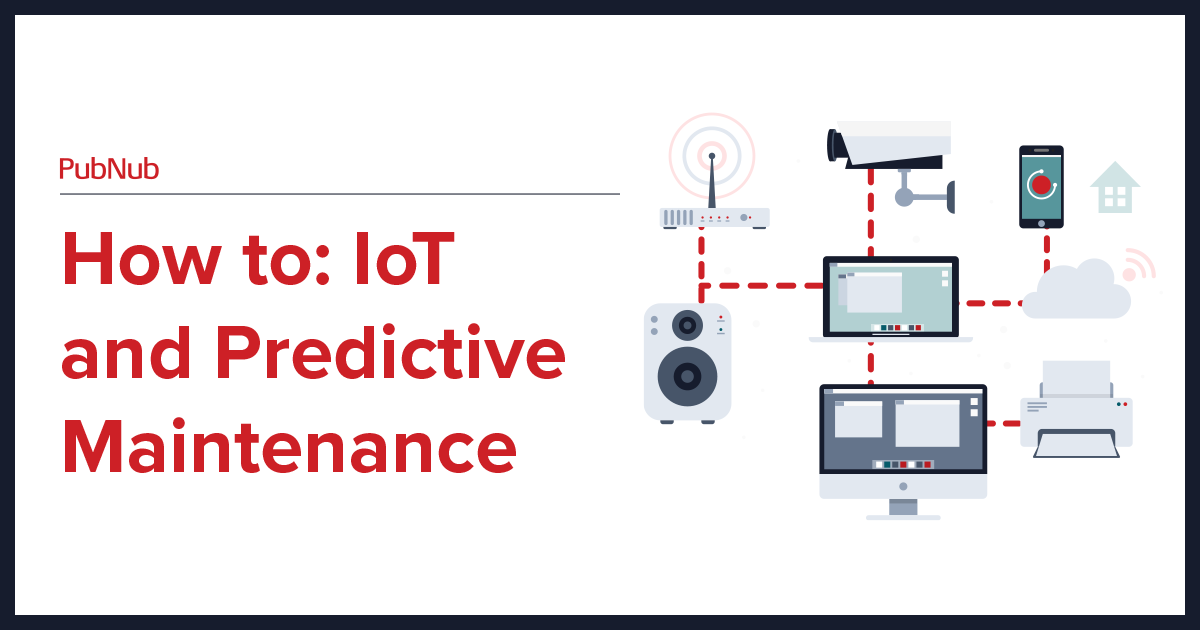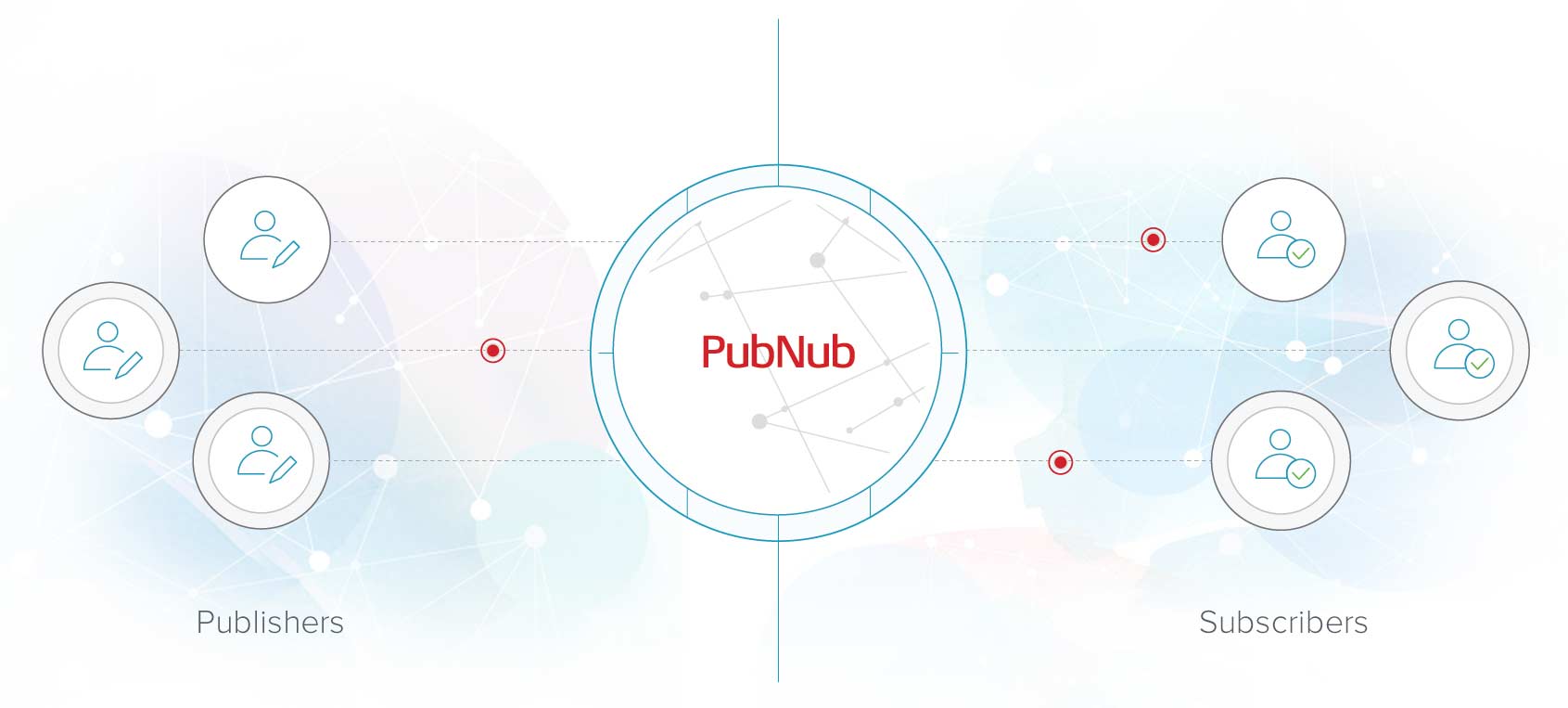Human-machine interfaces (HMI) are computer-based systems allowing human operators to interact with automation and industrial control systems. The HMI serves as a bridge between the human operator and the automation system, enabling the operator to monitor and control the system's functionality. The HMI typically includes a touchscreen or graphical user interface (GUI) that displays real-time information, such as sensor data, system status, and alarms.
The HMI is a critical component of automation systems, such as programmable logic controllers (PLC) and supervisory control and data acquisition (SCADA) systems. It provides real-time visibility into the production process, enabling operators to respond quickly to changes and improve efficiency. The HMI can display data in various forms, such as graphs, tables, and visual representations, making it easier for operators to interpret the data.
HMI technology has evolved significantly, from traditional control panels with pushbuttons and keypads to modern touchscreens and mobile devices. Many HMI systems are now connected to the internet of things (IoT), enabling them to collect and analyze data from various sources, such as sensors and other connected devices.
HMI design is crucial to the usability and effectiveness of the HMI system. An effective HMI should provide the operator with the necessary information and functionality to perform their tasks efficiently. The HMI should also be easy to navigate and understand, with clear labels and visual representations.
Connectivity is another essential feature of modern HMI systems. Advanced HMI solutions connect various devices and systems, such as PLCs, SCADA systems, and other automation systems. This enables operators to monitor and control the entire production process from a single interface, reducing downtime and improving efficiency.
HMI software plays a critical role in the functionality of the HMI system. The software should be designed to meet the specific requirements of the industrial process, such as wastewater treatment, robotics, and other industrial applications. The software should also include metrics and other tools to enable operators to monitor and improve the performance of the production process.
There are various types of HMIs available, such as command-line interfaces, multi-touch interfaces, and augmented reality interfaces. Each interface type has advantages and disadvantages, depending on the specific application and user requirements.

